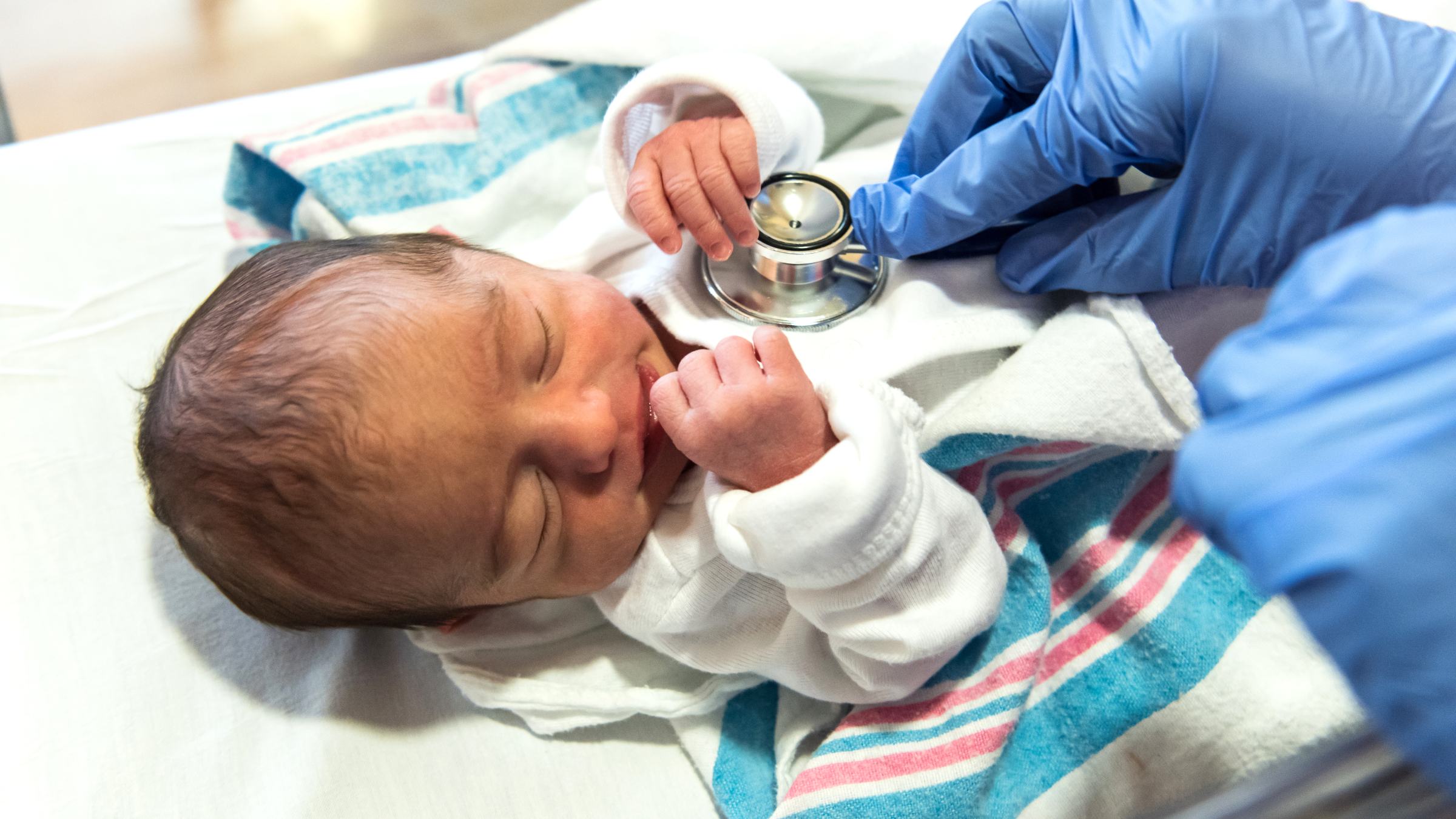
Cord blood banking is a practice in which umbilical cord blood is collected when a baby is born. The blood is stored in a facility in case its stem cells can be used later in life, if that baby or a close relative develops one of the more than 70 diseases that can be treated with those pluripotent hematopoietic stem cells.
As a maternal-fetal specialist — and as a cancer survivor myself — I generally view cord blood banking as a tool with great potential, but for now, it’s one that can be expensive and hasn’t been demonstrated to provide all the benefits many patients hope it would.
It’s worth discussing the benefits and limitations of storing cord blood with your provider, but these are some of its limitations:
The most useful stem cells often come from others — not from your own blood
The pluripotent hematopoietic stem cells that can be isolated from the umbilical cord are often helpful in treating a wide variety of malignant and nonmalignant diseases, such as acute and chronic leukemias, lymphoma, aplastic anemia, sickle cell anemia, thalassemia major and others. The stem cells are used, often with great success, to reconstitute bone marrow of patients affected by these conditions.
However, the stem cells used in this treatment often are taken from allogeneic donors, or donors who aren’t related to the stem cell recipient. While autologous hematopoietic stem cells (stem cells from a person’s own, banked umbilical cord blood) provide tissue that’s perfectly compatible with their own body, that tissue isn’t usually appropriate for bone marrow reconstitution because those cells can contain the same disease, preventing the bone marrow from being useful.
If someone needs a transplant, even a sibling’s stem cells would have only a 25% chance of being fully compatible with that person.
Physician organizations don’t typically recommend storing cord blood as a standard
The American Academy of Pediatrics (AAP) doesn’t recommend that parents routinely store their infants’ umbilical cord blood for future use — unless there’s an immediate medical need for that blood to be used for a sibling.
The American College of Obstetricians and Gynecologists (ACOG) says that the chance that a child or family member would develop a condition that could be treated with autologous umbilical cord blood is low, and the routine storage of umbilical cord blood as “biological insurance” against future disease isn’t recommended.
Private cord blood banking can be expensive, with little potential usefulness
When patients are interested in cord blood banking, they’re usually referring to private blood banking. These are for-profit enterprises that hold a collection of cord blood for families that are willing and able to pay for that service.
Typically, these companies give the family a collection kit, then the obstetrician or midwife involved in labor/delivery is usually responsible for collecting the cord blood upon delivery. It can then be sent to that company’s stem cell processing lab, and the resulting cord blood unit is saved there for the family, who pay a fee for initial collection and processing, then an annual fee for continued storage. These fees typically are about $2,000 for initiation and $100 annually.
Unfortunately, there’s a risk that the amount of blood collected isn’t adequate, and an insufficient collection might be stored without realizing that it can’t be used later. Information about stem cell counts in the collected cord blood also might not be provided to the family.
Anyone considering cord blood banking should also ask what happens to the stored blood if the facility went out of business.
Public cord blood banking exists, but there are limitations
Public cord blood banks, which are typically non-profit, collect and store cord blood for use by anyone who needs a hematopoietic stem cell transplantation and is a match for an available blood unit.
Some programs allow for remote collection of the cord blood and shipment to more centralized banking facilities, but they have limitations both in scope and availability.
With public cord blood banks, each cord blood unit is characterized, and those parameters are placed in a public database for health care providers to access if their patient needs stem cells.
Currently, the only public bank available in Ohio is in Cleveland.
There are other ways to receive stem cells for bone marrow transplants
There are alternatives to cord blood banking. If you need a bone marrow transplant, you can receive pluripotent hematopoietic cells from bone marrow donors and blood donations. Donors can include those who match your human leukocyte antigen (HLA) type — regardless of whether the donor is related to you — and even donors who don’t match your HLA type, though with HLA-mismatched donors, there’s an increased risk of graft-versus-host disease, in which the donor cells attack the recipient’s cells in the body.
The majority of people with diseases that can be treated with bone marrow transplants can also manage their disease through other therapies, such as chemotherapy and radiation for malignant diseases, and supportive care for congenital hemolytic anemias.





